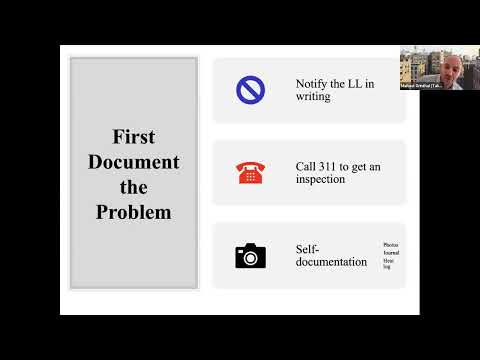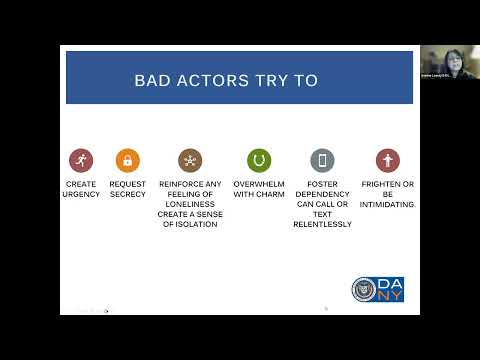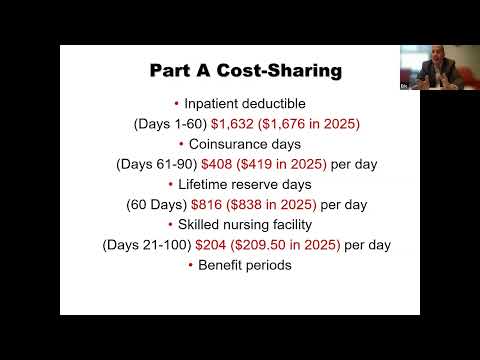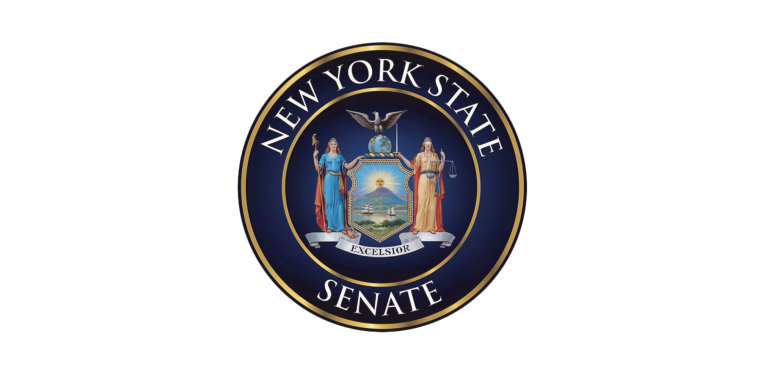
Testimony to the Rent Guidelines Board Regarding Proposed Rent Increases
June 19, 2018
-
ISSUE:
- Housing
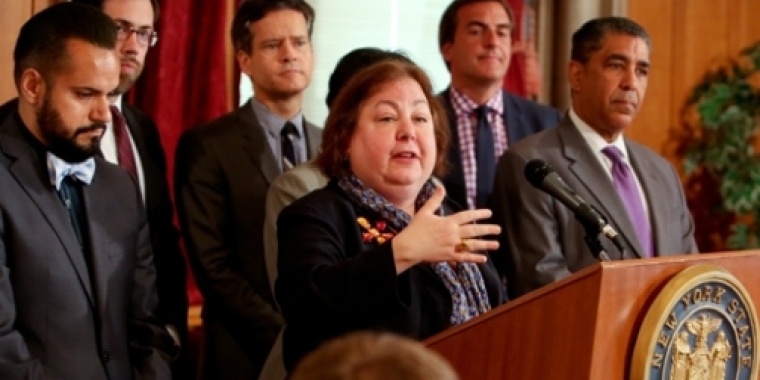
TESTIMONY OF STATE SENATOR LIZ KRUEGER
BEFORE THE NEW YORK CITY RENT GUIDELINES BOARD
REGARDING PROPOSED RENT INCREASES
JUNE 19, 2018
My name is Liz Krueger and I represent the 28th Senate District, which includes the Upper East Side, East Midtown, and Midtown areas of Manhattan. I want to thank you for providing me an opportunity to submit testimony on the range of proposed rent increases for rent stabilized tenants: anywhere from .75% to 2.75% for one year leases and 1.75% to 3.75% for two year leases. I regret that because the Senate is in session today in Albany I am not able to appear in person.
Even if the rent increases ultimately approved are at the low end of the proposed ranges, I have serious concerns about what this decision would mean for the more than 2 million low-, moderate, and middle-income rent stabilized tenants in New York City who already are facing unprecedented rent burdens. Over past two decades, the Rent Guidelines Board (RGB) has approved rent increases that dramatically outpaced both building owners’ expenses and tenants’ incomes. I fear that any additional increases will lead to further hardships, and even evictions, for tens of thousands of households who are already having great difficulty paying their current rents. The impacts of any increase on seniors, the disabled, and other vulnerable New Yorkers on fixed incomes would be especially grave.
I strongly encourage the RGB to enact 0% increases for both one and two-year leases. Such a decision would be entirely consistent with the legislative mandate and jurisdiction of the RGB, which was established in 1969 to set rent guidelines which counteract the effects of an acute housing shortage. This shortage still exists—according to the 2017 Housing and Vacancy Survey, the citywide vacancy rate for all rental apartments was 3.63%. However, the vacancy rates for apartments affordable to low and moderate-income households were even lower: 1.15% for apartments renting for less than $800 per month and 2.52% for apartments renting for between $1,000 and $1,500 per month. Economists have repeatedly determined that a vacancy rate of less than 5% creates abnormal market conditions. Free market conditions and the rules of supply and demand do not apply to the New York City rental market. The RGB’s mission is to construct or stimulate “normal” or “fair” rent levels in a market driven by chronic scarcity and instability.
Why a Rent Freeze is Appropriate This Year
While it is reasonable to expect tenants and building owners to share the burden of increased operating expenses, this burden must be shared equitably. It is unconscionable for building owners in one of the most profitable economic sectors of our economy to pass all of their expenses onto rent stabilized tenants who have a median household income of $44,560 and are facing a difficult economic climate. In 2017, the median share of income paid for rent by stabilized tenants was 36%—one of the highest average rent burdens ever documented. More than a third of stabilized households already devote more than half of their income to rent. While the unemployment rate has decreased in New York City since the last recession, real wages for private sector workers declined last year after adjusting for inflation, and are still significantly lower than highs reached in 2007. In 2017, 596,876 New York City residents received cash assistance at some point during the year and almost 1.7 million people relied on food stamps.
Rent stabilized housing is the only affordable housing resource left to most low- and moderate-income tenants. However, once they have been priced out of their apartments, many rent stabilized tenants have few other options. The market for rentals is so strong that owners are able to demand for rents and prices well above what the median renter can afford – in every neighborhood of the city. As of March 2017, there were 257,000 families on the waiting list for public housing and 146,800 on the waiting list for Section 8 (which has not accepted new applications since 2009). My staff and I frequently hear from constituents who fear they will have no choice but to enter the shelter system or leave New York City if they lose their stabilized apartments. While both New York City and State have dedicated billions of dollars to the development of new affordable housing in recent years, the new supply cannot even begin to meet the need. It is common for many tens of thousands of families to apply to each new building offering affordable units through the city’s housing lottery.
One of the most important factors the RGB must consider is whether owners of regulated properties have the necessary income to maintain their buildings. The overall condition of the city’s rent regulated housing stock is healthy. The 2017 Housing and Vacancy Survey found that the proportion of renter-occupied units with five or more maintenance deficiencies was only 3.6%, one of the lowest percentages since such conditions were first measured in 1991. There were no maintenance deficiencies in more than 50% of rented occupied units.
Owners of rent regulated buildings in all five boroughs have done extremely well during the past three decades—they have seen both their profits and the value of their properties rise exponentially. According to the RGB’s 2018 Income and Expense study, owners’ net operating incomes (the amount of income remaining after all operating and maintenance expenses have been paid) are 64% higher today after adjusting for inflation than they were in 1990. In 2016, net operating income grew by 4.4% citywide, with owners seeing average increases of 4% in Brooklyn, 5.7% in the Bronx, 3.7% in Manhattan, 6.2% in Queens, and .5% in Staten Island. At the neighborhood level, owners in 92% of community districts across the city experienced increases in their net operating incomes. In many neighborhoods across the city, owners experienced double-digit increases in their net operating incomes.
The data clearly indicate that a rent freeze is economically justified and would not place an undue burden on building owners.
Larger Implications and Economic Context of RGB’s Decision
Section 26-510(b) of the Rent Stabilization Law requires the RGB to consider “relevant data from the current and projected cost of living indices” in its deliberations. The RGB members are also permitted to consider the effects of their decisions on the availability of affordable housing throughout the city.
There is a direct correlation between RGB increases and the loss of affordable housing as more units become subject to vacancy decontrol, and increased levels of homelessness. According to the New York State Office of Homes and Community Renewal’s rent registration records, 3,517 rent regulated units were lost in 2017 due to high rent and vacancy control and an additional 1,726 units were lost due to the expiration of J-51 and 421a benefits. While the rate of growth slowed in 2017, the total homelessness population rose for the ninth straight year. At the end of 2017, an average of 63,495 people—including more than 23,600 children—slept in city homeless shelters each night. During the course of the last year, almost 130,000 New Yorkers slept in city shelters. Research shows that the primary cause of homelessness, particularly among families, is a lack of affordable housing. Even small rent increases would exacerbate the already dire circumstances facing New York’s low- and moderate-income families.
Any rent increases would also have significantly deleterious effects on middle-income families. The preservation of affordable rent regulated units is essential to efforts to keep middle-class families in our city and to the maintenance of healthy stable communities. If we truly want the city to maintain its vitality and diversity, we must do all can to ensure an effective rent protection system. The RGB should seriously consider the reforms which are obviously necessary to make this yearly process more effective and fairer to all parties in this system. As the crisis in affordable housing deepens and becomes more widespread, the RGB must address this issue and become more engaged in a proactive way to keep our housing stock as affordable as possible so that we can maintain the economic diversity of our city.
